An Iranian rug, also known as a Persian rug, is a type of hand-woven rug or carpet that is traditionally made in Iran. As I mentioned earlier, Iranian rugs are known for their intricate designs and high quality craftsmanship, and they are often considered to be some of the finest rugs in the world.
Iranian rugs are typically made using a variety of natural materials, such as wool, silk, cotton, and even camel hair. They are often woven using a technique known as knotting, where individual knots are tied onto the rug’s foundation to create the design. The density of the knots, as well as the quality of the materials used, can greatly affect the value and durability of an Iranian rug.
Like Persian rugs, Iranian rugs come in a wide variety of sizes, shapes, and designs, with many featuring intricate floral or geometric patterns. Each region of Iran has its own unique style and techniques for rug-making, resulting in a rich diversity of designs and styles.
Iranian rugs have a long and rich history, dating back thousands of years. They have been prized for their beauty and quality by collectors and enthusiasts around the world, and are often considered to be valuable works of art as well as functional floor coverings.
Iranian Rug Benefits
There are several benefits to owning an Iranian rug:
Beauty and Aesthetics: Iranian rugs are renowned for their beauty and intricate designs. They are often considered to be works of art and can add an element of elegance and sophistication to any room.
Durability and Longevity: Hand-woven Iranian rugs are known for their durability and can last for generations if properly cared for. They are made using high-quality materials and traditional techniques that have been passed down for centuries.
Investment Value: Iranian rugs are often considered to be a valuable investment due to their beauty, quality, and rarity. Some Iranian rugs have sold for millions of dollars at auction.
Cultural Significance: Iranian rugs are an important part of Iranian culture and history. Owning an Iranian rug can be a way to connect with this rich cultural heritage.
Health Benefits: Iranian rugs made from natural materials can have health benefits. Wool, for example, is naturally fire-resistant, hypoallergenic, and can help regulate indoor humidity levels.
Overall, owning an Iranian rug can be a source of pride and a valuable addition to any home.
What are some common color schemes used in Iranian rugs?
Iranian rugs are known for their rich and vibrant colors, which are often achieved using natural dyes. The color scheme used in a particular rug will vary depending on the region in which it was made and the specific design or pattern used. However, some common color schemes used in Iranian rugs include:
Red and Blue: This is a classic color combination that is often used in Iranian rugs. The red and blue colors are often paired with white or ivory to create a striking contrast.
Earth Tones: Many Iranian rugs use earth tones such as brown, beige, and green to create a more natural and organic look. These colors can be used in combination with brighter colors to create a balanced and harmonious design.
Jewel Tones: Some Iranian rugs use jewel tones such as deep reds, blues, and greens to create a more luxurious and opulent look. These colors can be used in combination with gold or silver to create a regal and sophisticated design.
Monochromatic: Some Iranian rugs use a single color or a limited color palette to create a more subdued and understated design. These rugs can be a good choice for those who prefer a more minimalist look.
Overall, the color scheme used in an Iranian rug will depend on the specific design and the preferences of the weaver. However, Iranian rugs are known for their use of high-quality, natural dyes, which can create a rich and nuanced color palette.
